Low / Slow
- Bead (mm)
- 2.0–3.0
- Best Uses
- Micro nymphs
- Notes
- Natural drifts; longer leaders
Top of page
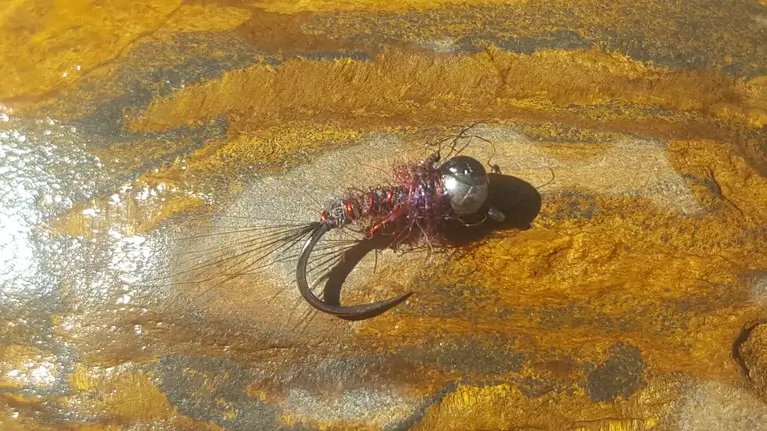
Best Yellowfish Flies — pattern · sizes · bead (mm) · water type · prime season
Local note: Parys, Lindequesdrift & Potchefstroom fish best Oct–Mar. After storms, step bead up one size to hold the lane.
Don’t forget stealth matters as much as fly choice — Read the guide
More TacticsMatch bead to flow depth/velocity; change weight before colour.
Guide Tip: Not getting takes? Change one variable at a time: depth → size → colour → speed.
Updated: 25 Sep 2025 · By Shayne Prinsloo
Carry a size range and vary bead weight to control depth and drift speed. Below are proven producers on the Vaal with quick “when to fish” notes.

Fast sinker for riffles & pockets. Colours: olive, black, copper and many more.
Sizes: 14–18 · Beads: 2.5–3.5 mm
Euro & indicator dropper; great as anchor in two-fly rigs.
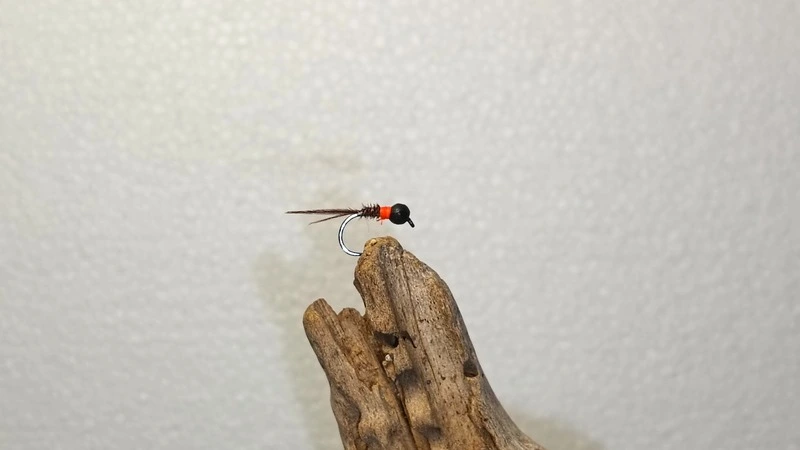
All-rounder; natural mayfly profile with a touch of pop.
Sizes: 14–18 · Hook: Jig · Beads: 2.5–3.0 mm
Clear to slightly stained water.
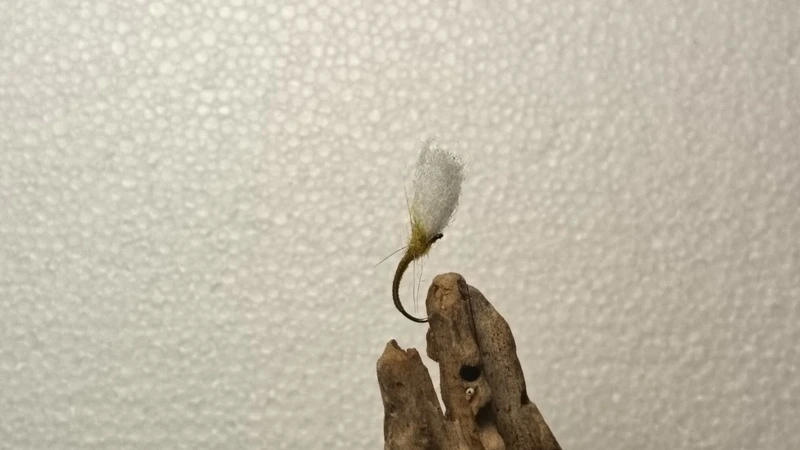
Deadly in slicks & soft edges; fish shallow as a dropper fly.
Sizes: 16–20 · Tippet: 5X
Ideal early morning / late afternoon, dropper fly.

Year-round food item; great in moderate seams.
Sizes: 12–14 (control fly) · Beads: 2.8–4.0 mm
Olive/tan; bright green.
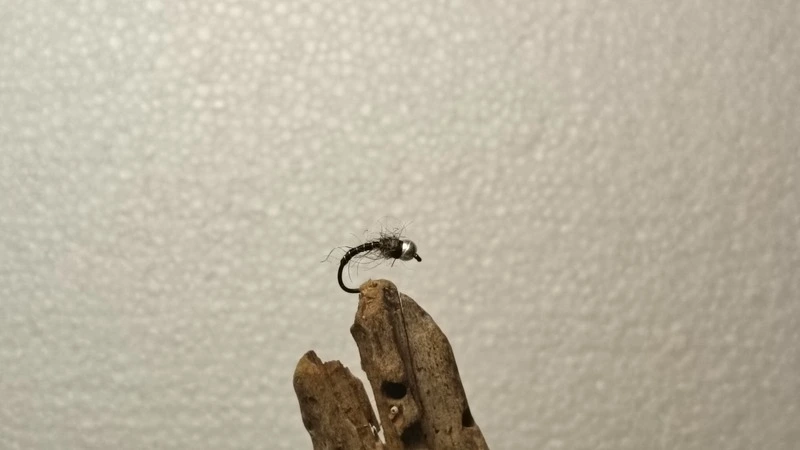
Clear, low water lanes; micro profile.
Sizes: 16–20 · Beads: 2.0–2.5 mm
Black; riffles and seams.
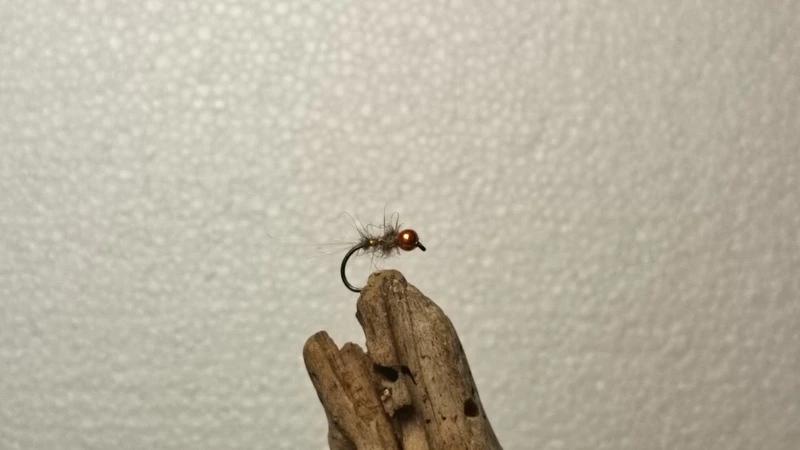
Versatile nymph to prospect pockets and runs.
Sizes: 14–18 · Hook: Jig · Beads: 2.5–3.0 mm
Use weighted on a floating line.
The Vaal shifts fast—reaches can swing from silky glides to pushy seams within an hour. Keep flies in the eating lane by adjusting bead weight and leader length as water type changes.
If you’re not touching bottom 1–3 times per drift (nymph water), go heavier or lengthen tippet. Once you’re in the lane, refine size/profile/colour.
In early/late light, target shallow seams and glides. Working one water type reduces re-rigging and keeps flies fishing longer.
Prime lies = food + oxygen + manageable speed. Look for compressed seams, cushions behind rocks, inside bends, and tailouts.
0.3–0.7 m · gentle
0.5–1.0 m · fast
1.0–1.5 m · pushy
0.6–1.0 m · even
1.2–2.0 m · steady/fast
Guide Tip: Re-work the same productive lane after a short rest—food refills in compressed seams faster than you think.
Keep a natural base (olive, brown, black) and add a subtle hotspot (orange/pink) in stained water. Copper/black perdigons shine in pockets.
Yes—barbless hooks, quick in-water releases and wet hands protect Yellowfish and improve survival.
Heavier anchor (perdigon/worm) on point + slimmer PTN/emerger on tag. Adjust bead on point first to set the lane.